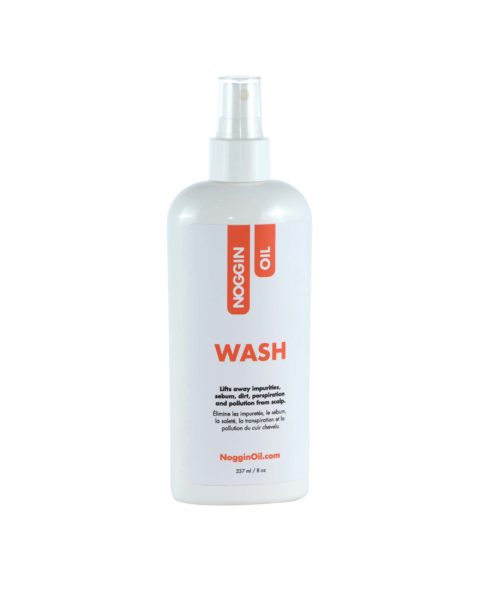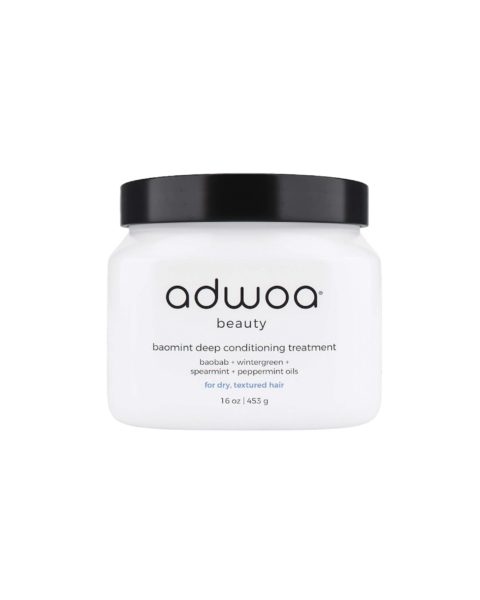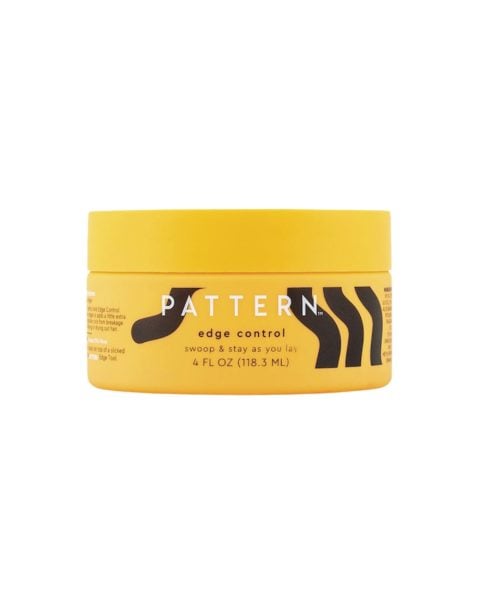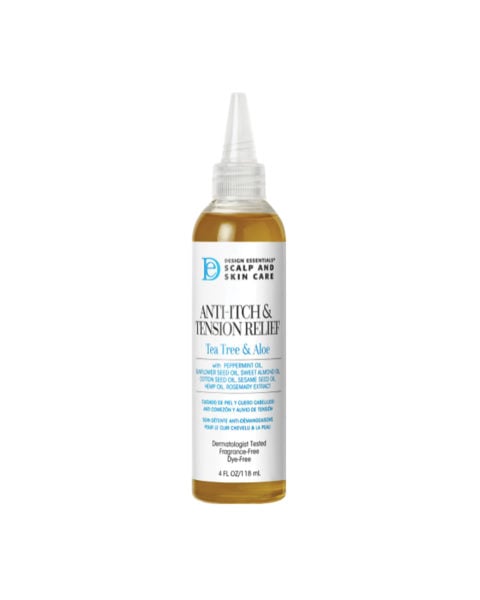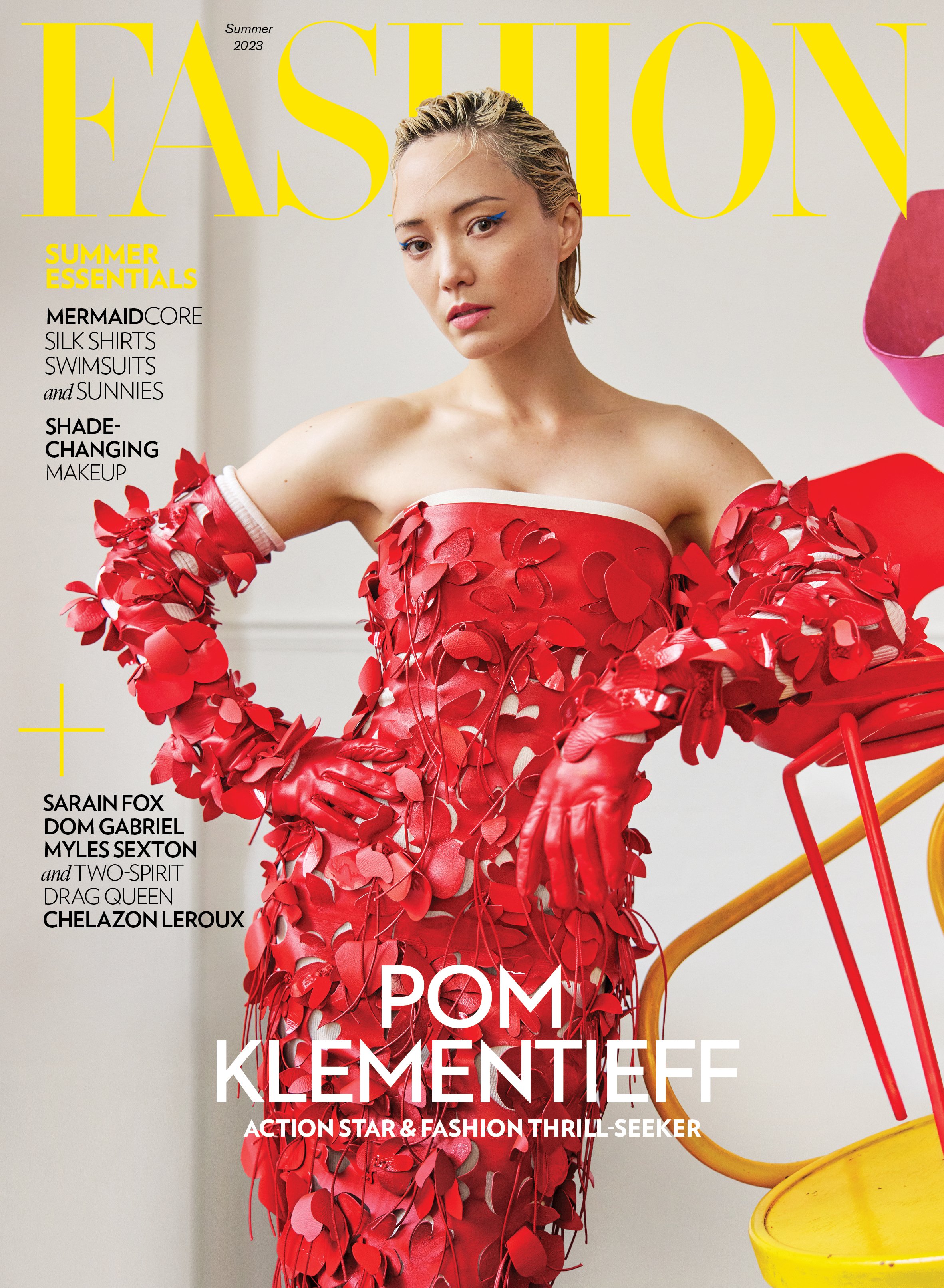Texture Talk: How to Care For Protective Hairstyles This Winter
Welcome to Texture Talk, a column that deep dives into the dynamic world of curly hair, from crowns of curls that are free flowing to strands that are tucked away in a protective style.
Whether you’re looking to grow your curls out or cut down on daily styling, protective styles that incorporate extensions are tried-and-true methods for preserving natural hair by shielding strands from everyday stresses like over-manipulation and the environment. (Note: Cold weather can be especially brutal on textured hair, which is already drier and prone to breakage.) Be it box braids, twists, faux locs or weaves that tuck your own curls away for weeks on end, your prep and maintenance routines are just as important as the protective style you choose. Read on for top tips and holy-grail products from two local natural-hair specialists.
How to prep your hair for a protective style
For optimal results, before a protective style is installed, curls should be cleansed, deep-conditioned and moisturized. “You want to address any dryness or itchiness in the scalp before your stylist does a protective style,” says Clara Amaguru, owner of Alara Hair Solutions in Burnaby, B.C. Begin with a clarifying shampoo followed by a moisturizing shampoo. Curls should then be coated with a hydrating deep conditioner and allowed to sit for 20 to 30 minutes — ideally under low heat to really “bake in” the moisture — before being rinsed out. “When you add heat, the cuticle of the hair opens up a bit, which allows the emollients and proteins to penetrate deeper,” says Brian Phillips, owner of worldSALON in Toronto.
He recommends being diligent about incorporating a good cleansing and conditioning routine well in advance of your salon appointment, before your hair is wrapped up and not easily accessible. Clean hair should then be stretched from root to tip — especially when it comes to tighter coils — with a blow-drying brush or wide-toothed comb attachment to make the braiding process that follows more manageable and to avoid tugging. Pre-stretching also helps eliminate fly- aways during plaiting and prevents frizz down the line, says Amaguru.
Tips for maintaining your style
“Maintenance is a big part of a protective style,” notes Amaguru. “If you don’t maintain your style, it won’t be protective anymore; instead, it will be damaging.” For sleeping, opt for a large frizz-reducing silk bonnet or scarf that can hold all of your faux hair.
“Moving around on a pillow all night wreaks havoc on protective styles,” says Phillips. And because extensions are susceptible to picking up lint, Amaguru warns against cotton. “I always keep my hair wrapped in silk until after I put my clothes on to minimize any rubbing or lint transfer,” she explains. Should you come across frizz at the root, reach for an edge tamer to keep hairs up top in check. There is great versatility in protective-styling ’dos, but be wary of excessive pulling or tension. “It eliminates the positive effects of protective styling,” notes Amaguru. “You want to minimize tension in and around the hairline because that’s the weakest part of your hair.”

The importance of scalp care
Good scalp care is key once your protective style has been installed, but skip the dry shampoos, says Phillips. “They give you that blast of something quick that feels good, but they don’t actually remove pollution residue and buildup.” While you should maintain weekly washing, a showerless cleanser designed specifically to detoxify the scalp is a good alternative. You can use a damp washcloth at the roots to pat the scalp clean or, as Phillips does to maintain his own locs, a damp shaving brush to gently scrub away buildup without creating a lot of frizz. Amaguru recommends using a light hair oil — look for formulations with ingredients like witch hazel, tea tree and vitamin E — post-cleanse to combat any winter dryness, irritation or itchiness you may experience.
What to expect when you remove your protective style
The recommended length of time to wear protective styles varies. Amaguru suggests one to two weeks for flat styles like cornrows, three to 10 weeks for braids and twists and eight weeks for weaves.
When you remove them, expect to find ample shedding (“normal shedding is 50 to 100 hairs a day, so imagine how much you’ll have lost after three weeks — up to 2,100 hairs,” shares Phillips), and follow up with a split-end trim as necessary to ensure that all your new growth isn’t in vain. “Hair strands are like a wishbone: They will continue to split right to your scalp if you let them,” explains Phillips. Lastly, get ready to reap the benefits of all this attention. “If you’ve been taking care of your scalp and oiling it, your hair should look fuller, more luxurious and healthier,” he says.
Below, discover five pro-recommended products for taking care of protective hairstyles.
Check out our Toronto, Montreal and Vancouver curly hair salon guides.
A condensed version of this article first appeared in FASHION’s November issue. Find out more here.

